Trend do Dia: Informação que importa
Mantenha-se atualizado com as principais tendências em tecnologia, negócios e inovação. Conteúdo relevante e direto ao ponto.
- Análises aprofundadas sobre tecnologia
- Tendências de mercado e negócios
- Dicas práticas e tutoriais exclusivos

Em destaque hoje
-
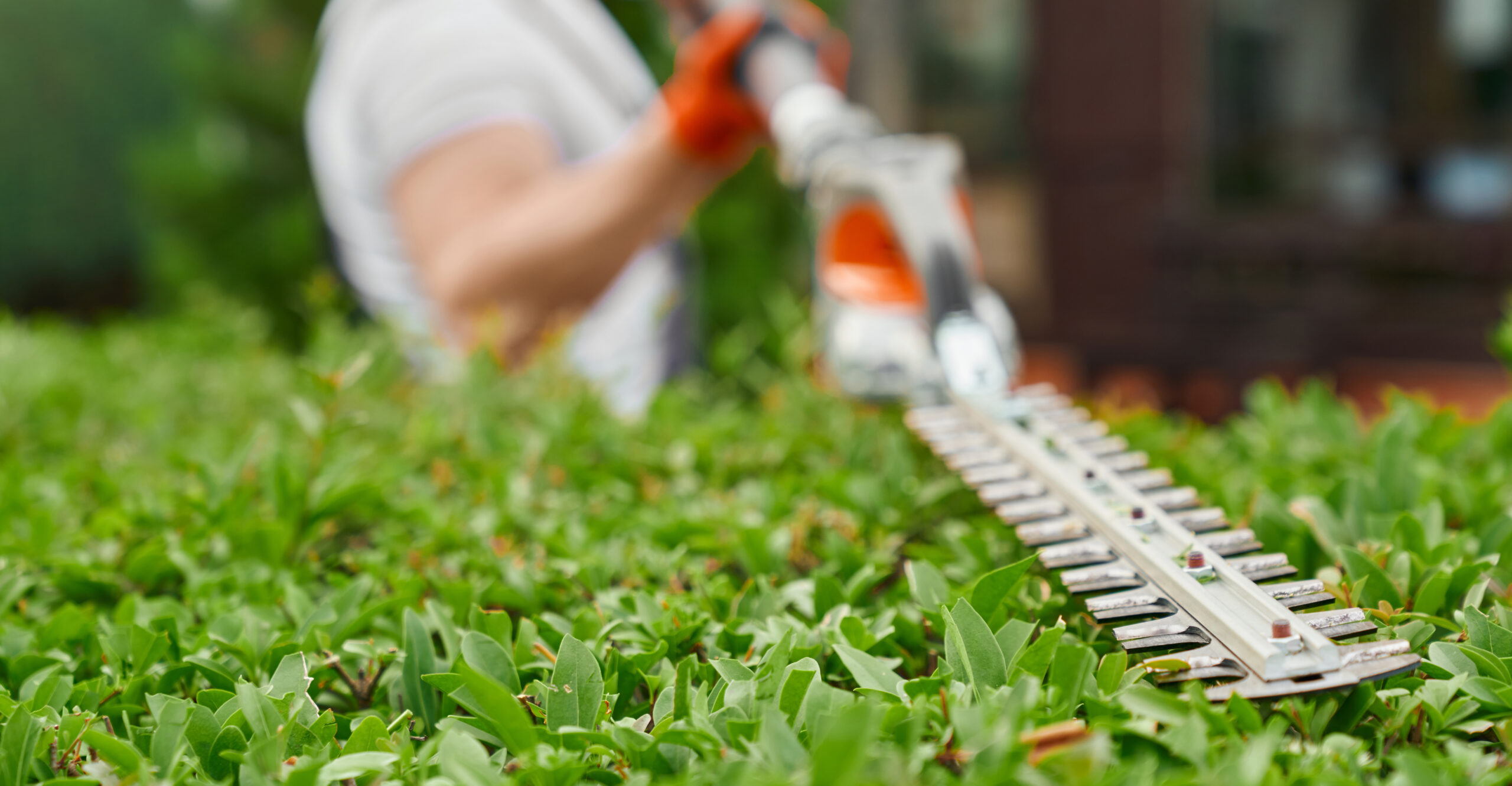
Zen Garden Ideas: Creating a Peaceful Outdoor Sanctuary
Criar um jardim Zen é uma maneira inspiradora de transformar qualquer espaço externo em um verdadeiro santuário de paz e contemplação. Com origem na tradição japonesa, esses jardins foram projetados para promover harmonia e meditação…
Trending agora
Navegue pelas categorias
- Garden Design (7)
- Gardening Techniques (7)
- Plant Care Guides (7)
- Sustainable (7)
Últimos artigos
Conteúdo relevante atualizado diariamente
-

Zen Garden Ideas: Creating a Peaceful Outdoor Sanctuary
Criar um jardim Zen é uma maneira inspiradora de transformar qualquer espaço externo em um…
-

Using mulch in your garden: types, benefits and how to apply
O uso de mulch no jardim é uma técnica eficaz para melhorar a saúde do…
-
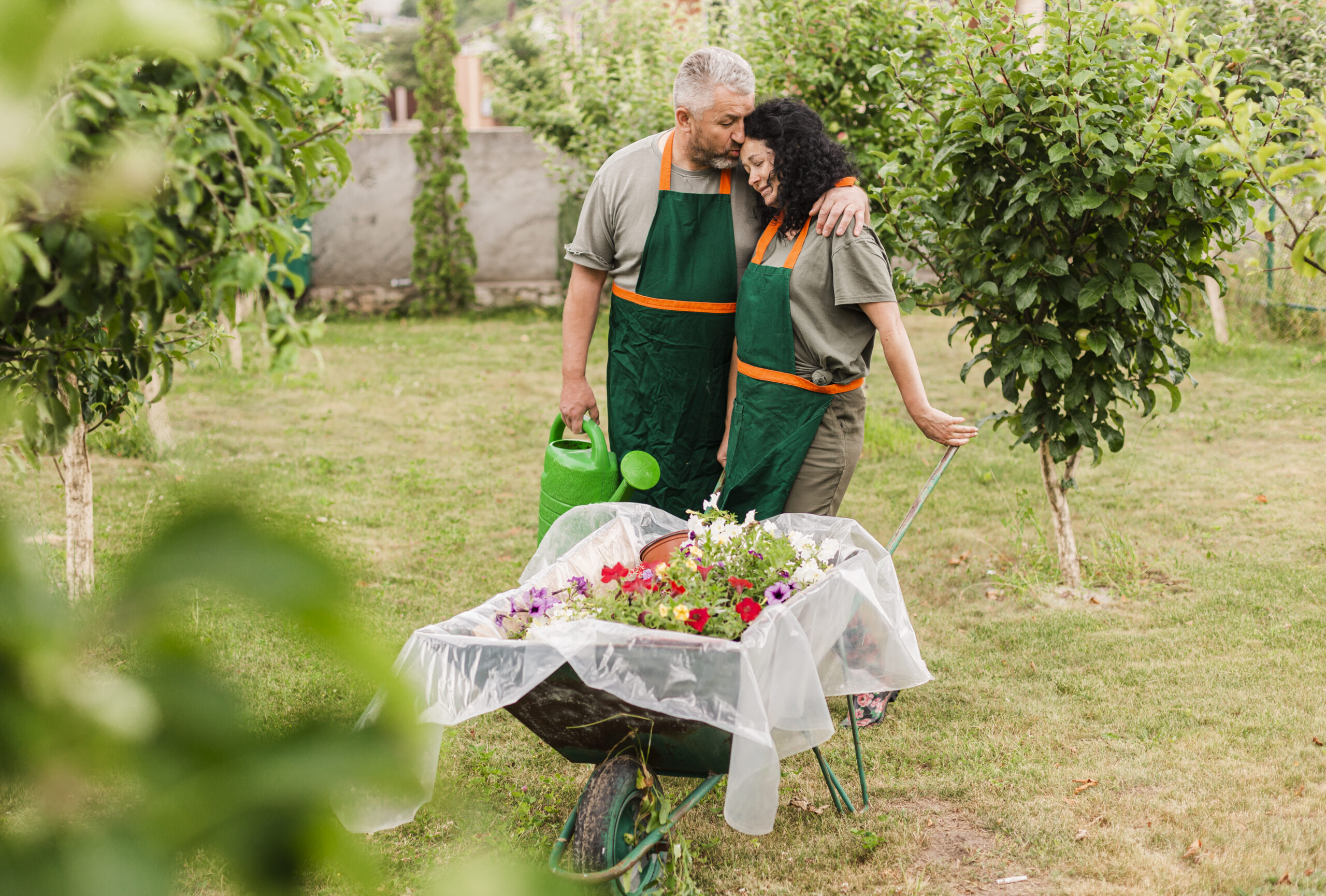
Watering plants the right way: how often and in what quantity?
You already know that the Watering is one of the most important factors in keeping…
-
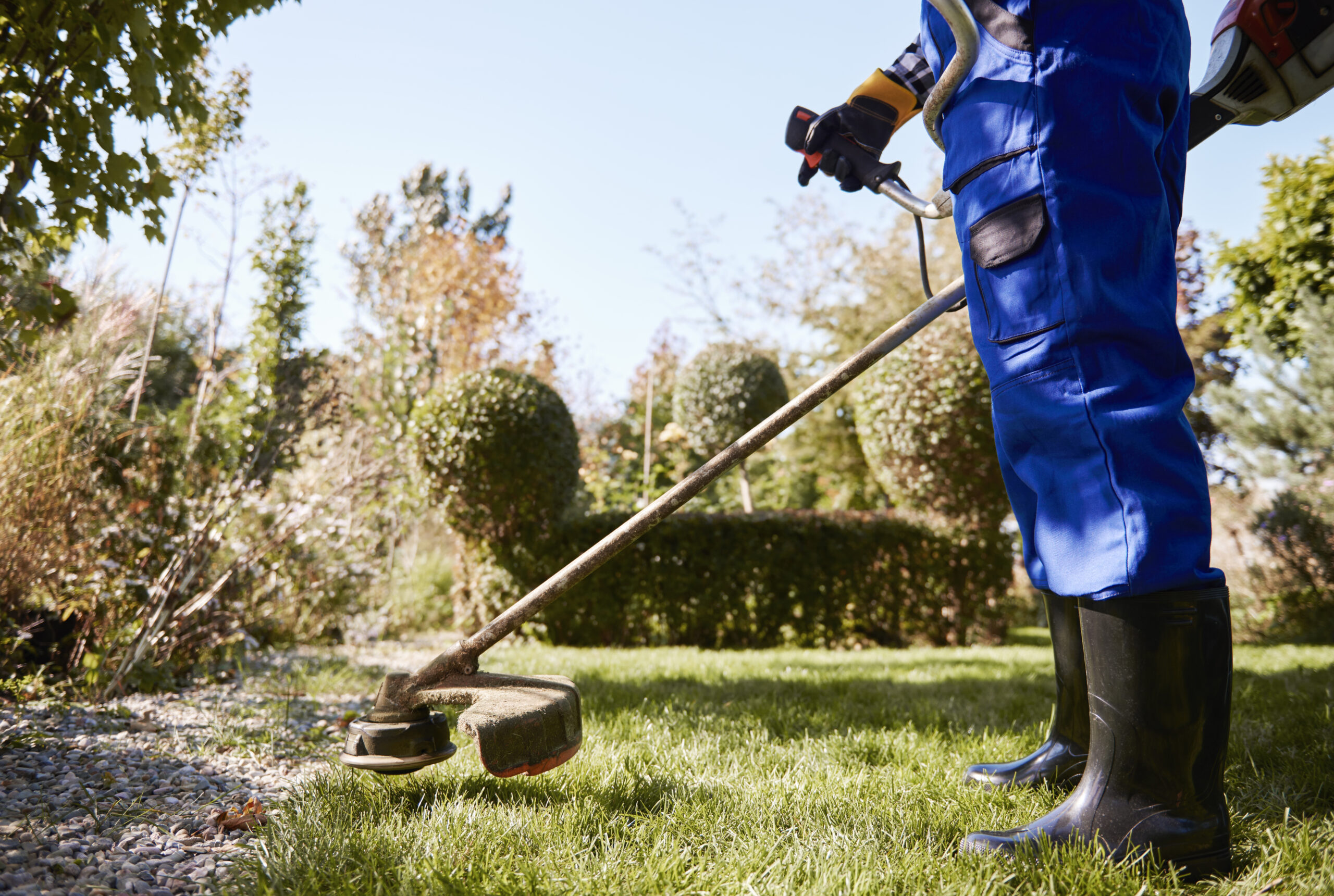
Lasagna Gardening: A Layered Approach to No-Dig Gardening
Lasagna gardening is an innovative and sustainable technique that has gained popularity among urban and…
-

Regenerative gardening: how to restore soil and increase biodiversity
Regenerative gardening is a sustainable approach that seeks to restore soil health and promote ecological…
-
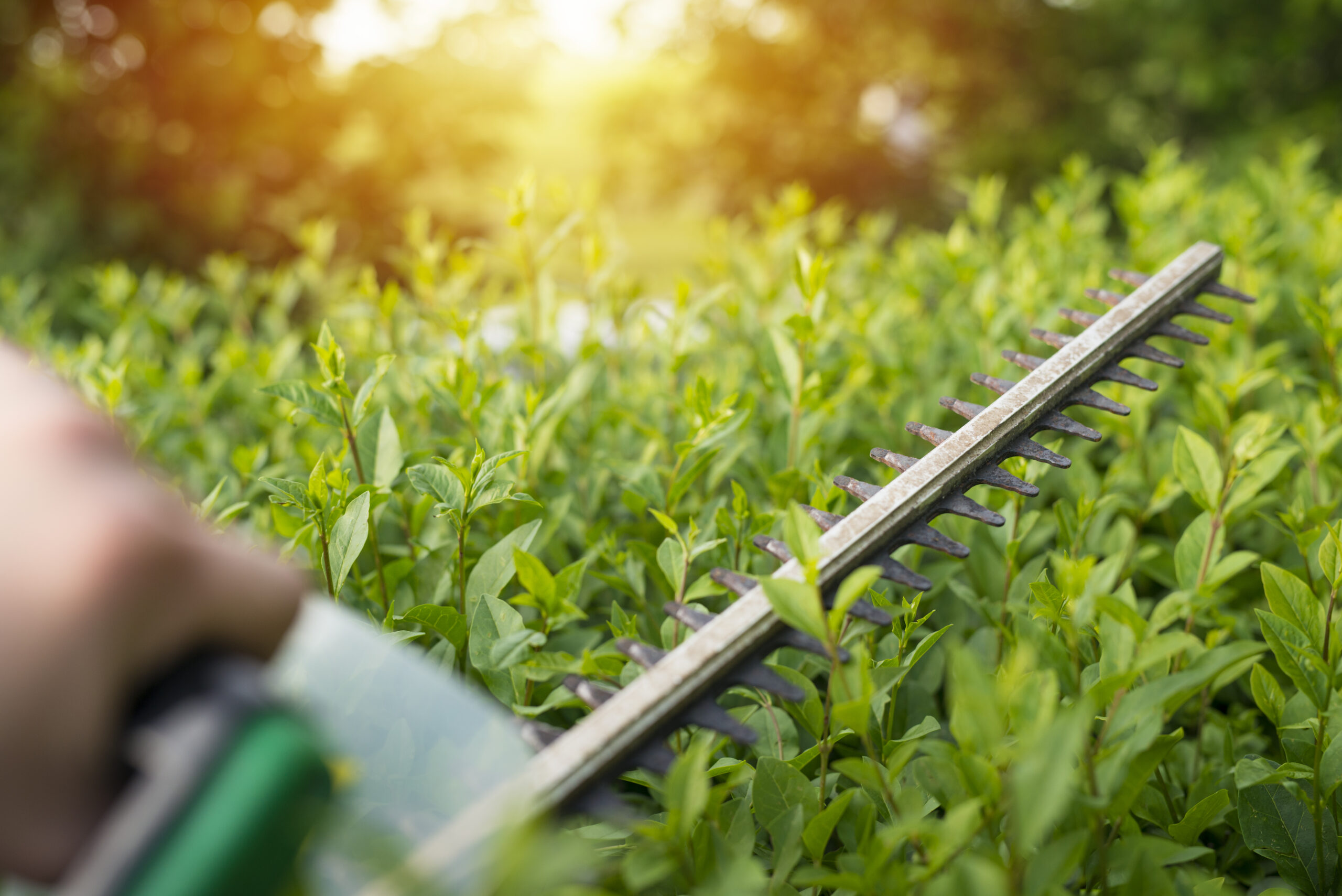
Wildlife-Friendly Gardens: How to Attract Birds and Pollinators
Creating a wildlife-friendly garden is an effective way to contribute to preserving biodiversity and making…
-
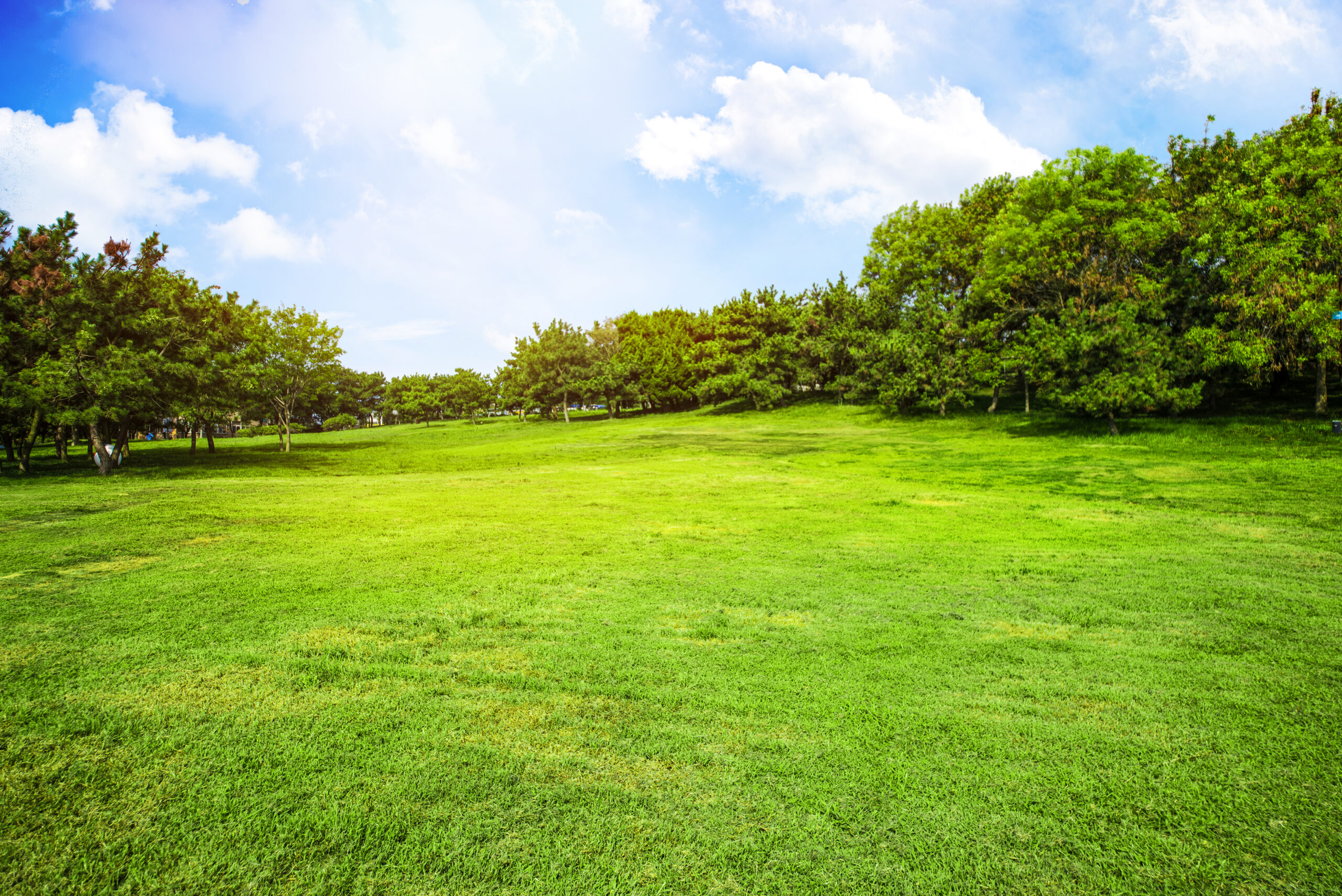
How to Propagate Plants: Easy Methods for Beginners
Plant propagation is a practice that allows you to expand your garden without having to…
-

Hügelkultur Technique: A natural way to improve soil health
The Hügelkultur technique is a sustainable cultivation method originating in Europe that seeks to replicate…
-

Permaculture Principles: Designing a Sustainable Garden
Permaculture is a concept that goes beyond gardening, proposing a way of life that integrates…
Fique sempre atualizado
Descubra as tendências que estão moldando o futuro dos negócios e tecnologia.